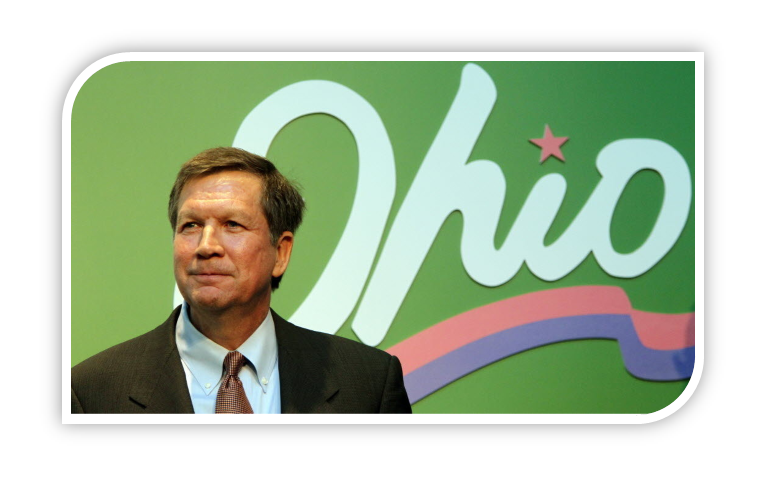By Matt A. Mayer
As a conservative, I love tax cuts. Lower taxes are conducive to long-term economic growth.
Because of significant growth in the size of government, Ohio’s state and local tax burden has been among the highest in America for too long. Our state’s net job growth over the past 22 years ranks as the nation’s 47th worst (we rank 20th since 2010, but things are getting worse).
Gov. John Kasich’s new tax plan does not appear to increase taxes on Ohioans. He proposes to reduce state income taxes by a dollar for every dollar in new taxes paid by the energy industry. Setting aside his rebuke of out-of-state companies and shareholders — the very entities he wants to invest more in the state — not raising taxes is a good thing for Ohioans.
On closer examination, however, the governor’s plan reveals fundamental flaws. The proposal continues to ignore the elephant in the room: government spending. The real problem in Ohio, and America, is that government spending has outpaced inflation and economic growth.
Shifting tax burdens from individuals to the companies they work for may change the source of the revenue brought into government. But it utterly fails to tackle the spending side of the ledger.
Governor Kasich’s tax plan confirms that he accepts the status quo size of state government. Otherwise, he would reduce government to pay for the income-tax cut. His first budget actually increased spending by the state’s general revenue fund.
Between 1990 and 2013, Ohio’s general revenue-fund expenditures will have exploded by 148 percent, or 44 percent after inflation. Had state government “only” grown by the rate of inflation plus population growth, those expenditures would be less than $22 billion a year, compared with the $28 billion in the 2012-2013 budget. That is a lot of unjustified government growth.
Conservative politicians typically have adopted a “starve the beast” mentality toward government: Reduce revenue via tax cuts, and the government will be forced to shrink. Unfortunately, history proves that politicians are adept at finding taxes and fees elsewhere to feed government. With no net tax cut, Mr. Kasich’s plan ensures that taxes will remain high to cover government spending.
The governor’s view that what he calls Ohio’s “disproportionately low” tax on the energy industry presents him a windfall opportunity to increase taxes is odd for a conservative. For once, Ohio has a competitive tax advantage over other states, making it more attractive to energy-industry growth.
That growth will provide the windfall in jobs and taxes. Most governors who seek to increase their states’ competitiveness in attracting an industry move to lower tax burdens, not increase them.
No matter the political spin, raising taxes on the energy industry will have a negative impact on Ohio’s competitiveness and job creation. Business leaders in all industries are nervous about politicians with windfall mentalities. They know that “fairness” for one industry today could hit their industry tomorrow, as feeding government spending is what matters.
Governor Kasich’s tax plan includes no real reform; it nibbles at the margins of our problems. Shifting taxes doesn’t lower Ohio’s overall tax burden.
No matter which group’s ranking you use, Ohio’s state income tax is in the middle of the pack. Compared to most other states, Ohio isn’t a high income-tax location.
But these same rankings place Ohio’s local tax burden among the highest in America. Because of his cuts in aid to local government, which did not fund a tax cut, local governments have raised taxes across Ohio. As a result, net taxes on Ohioans have gone up under Governor Kasich, making our state even less competitive.
Ohioans needs major tax reform that lowers the overall state and local tax burden and ratchets down government spending. Failure to do both will drive more entrepreneurs and jobs out of Ohio.
If conservatives now define victory as zero net tax reduction and minimal spending cuts, then our movement is intellectually dead. We can do better than merely tread water.
This article originally appeared in The Toledo Blade.

